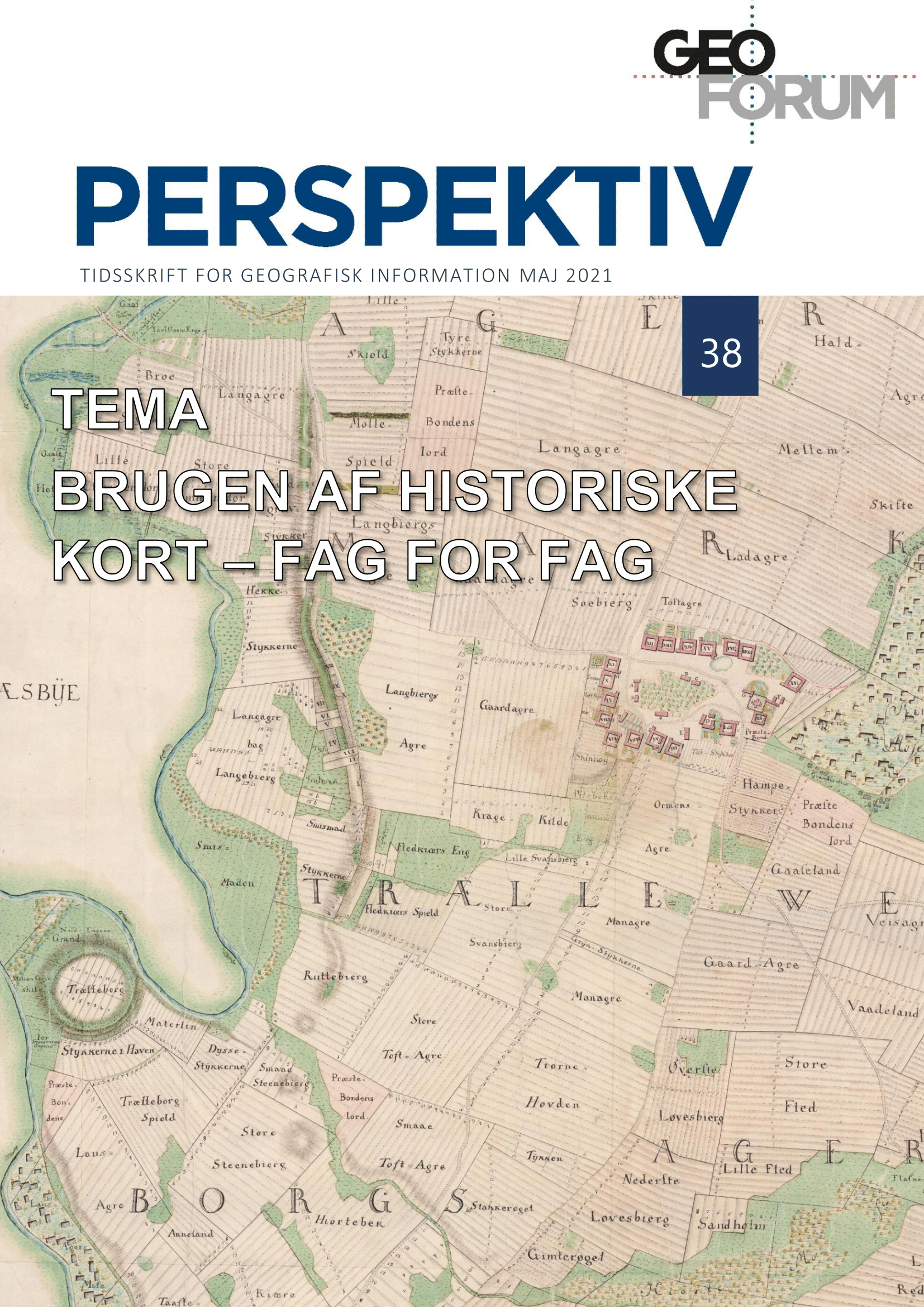Historical maps and online archival control. A retrospective study of Tractor Ole’s house
DOI:
https://doi.org/10.5278/ojs.perspektiv.v20i38.6590Abstract
Historical maps are an indispensable source for examining, understanding and communicating which cultural environments and buildings in the city and in the open landscape ought to be preserved. Planning authorities and museums must work together to ensure conservation values for posterity in both the planning process and in the case of specific construction work permits. One part of this collaboration consists of the museum carrying out a so-called archival check of the municipality's development plans and construction permit applications, etc. Here maps constitute a very central source, applicable to both the screening process and to closer examination. This is illustrated in this article by a demolition case for Traktor Ole's house. Here it is shown how photos, map versions and geodata - including brand new ones - can support the museum's collaboration with the municipality with respect to physical planning.
Downloads
Published
Issue
Section
License
Copyright (c) 2021 Morten Stenak

This work is licensed under a Creative Commons Attribution-NonCommercial-NoDerivatives 3.0 Unported License.
Authors publishing on Geoforum Perspektiv retain full but non-exclusive rights in their articles, and are required to use the Creative Commons license CC by-nc 4.0 when submitting their work.





